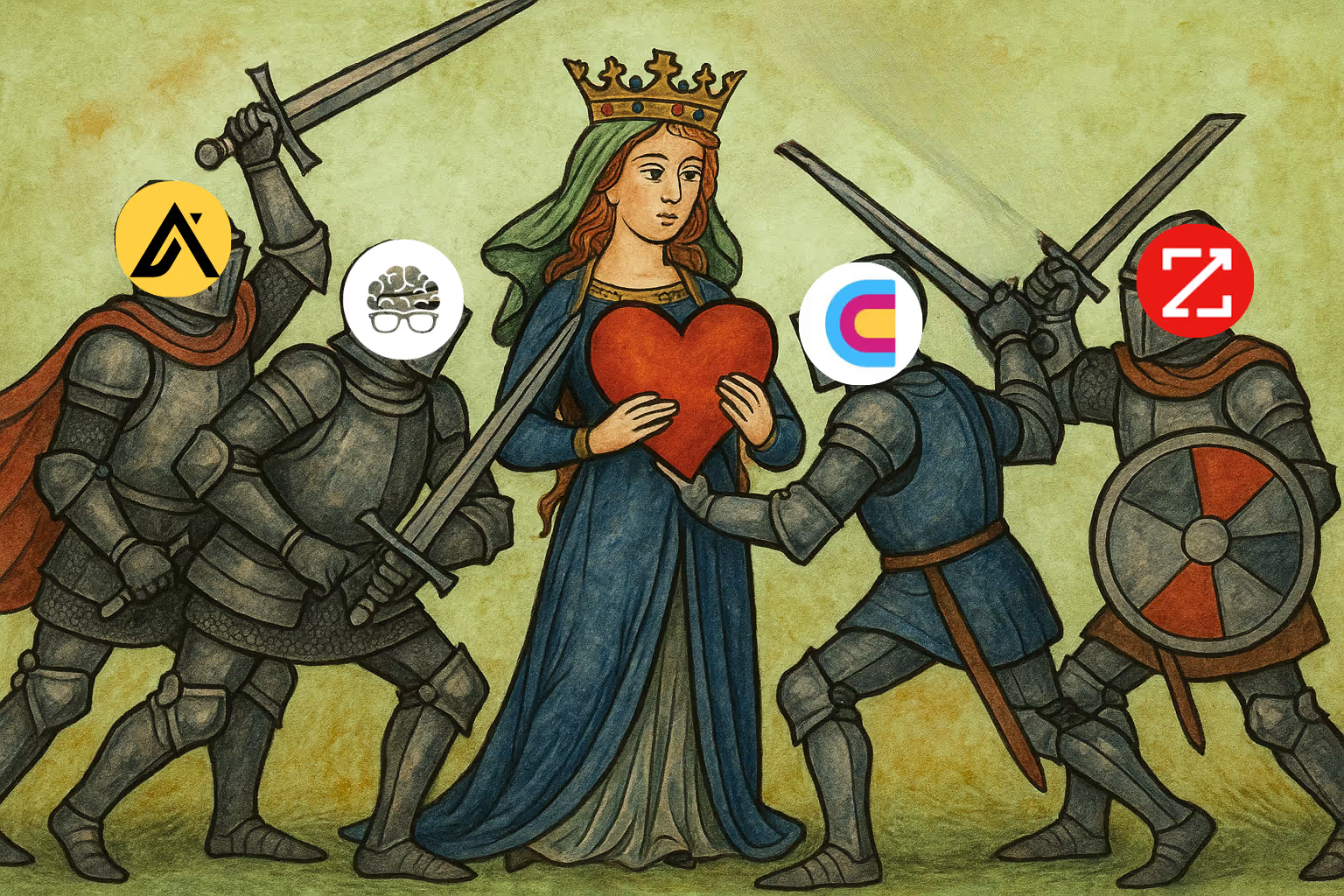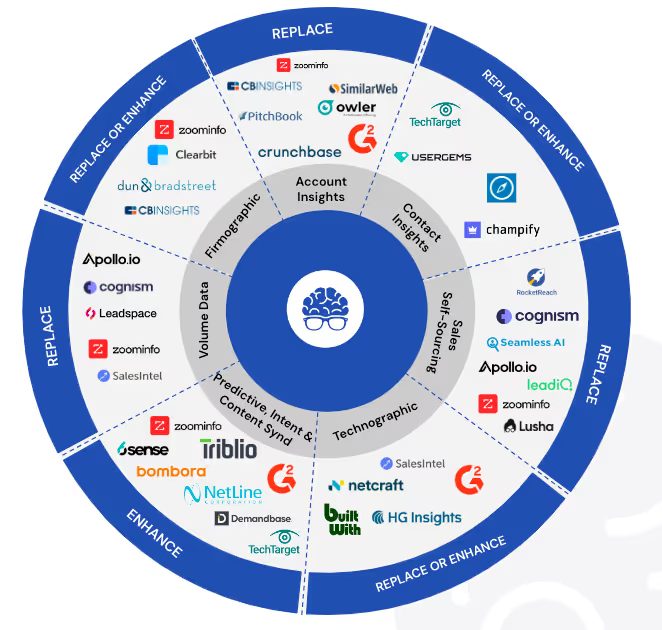For the last decade, GTM teams have been spoon-fed the same promise: buy a bigger list, get a bigger pipeline. ZoomInfo, Apollo, and their imitators sold the illusion that scale was synonymous with precision—that the more contacts you had, the more predictable your revenue would become.
But here’s the uncomfortable truth every VP of Demand Gen, RevOps, and Sales knows deep down: those lists are dead before they hit your CRM.
They decay, they duplicate, they deceive.
And worst of all—they force your teams to work harder for diminishing returns.
The GTM Stack Is Evolving—Fast
Enter the new era of adaptive GTM systems—tools like Clay and LeadGenius—and the paradigm is shifting overnight.
These aren’t “data providers.” They’re data ecosystems—living, breathing networks that blend automation, human intelligence, and real-time web signals into continuously refined market maps.
Clay builds dynamic workflows that connect hundreds of APIs and AI agents to source, verify, and enrich leads in motion. LeadGenius layers on global signal intelligence—funding, hiring, product launches, location expansions, social trends—to reveal why a company is ready to buy, not just who to contact.
In combination, they represent something much bigger than “better data.” They’re the foundation of a new GTM operating system—one that is alive, self-learning, and ruthlessly relevant.
Static Data Is the New Liability
The old model—leasing stale data from a static lake—isn’t just inefficient; it’s dangerous.
Data ages faster than milk. Titles change monthly. Companies pivot quarterly. Teams restructure weekly.
By the time your SDR downloads a “fresh” list from a static provider, 30% of it is already inaccurate.
That’s not a database—it’s a debt instrument.
The fallout?
- Wasted ad spend on unreachable audiences
- Sales reps drowning in bad accounts
- Attribution models that collapse under false inputs
- And a GTM engine that can’t tell signal from sludge
The new GTM elite understand this: success isn’t about collecting data—it’s about connecting it, contextualizing it, and continuously refining it.
The End of the “Vendor” Era
The rise of adaptive GTM systems is also the death of the vendor mindset.
Data partners aren’t vendors anymore—they’re co-pilots.
LeadGenius isn’t just enriching contacts—it’s running research operations as a service. Clay isn’t just pulling from APIs—it’s orchestrating autonomous sourcing logic.
The best GTM leaders aren’t looking for another platform to log into; they’re looking for a thinking partner—someone who can keep pace with how fast their market is evolving.
That’s the quiet revolution unfolding inside companies like Workday, Salesforce, and AWS.
Their RevOps teams have stopped “buying data” and started engineering intelligence.
The Great Unbundling of GTM
Look closely and you’ll see what’s really happening: the GTM stack is unbundling.
Legacy data platforms built for static enrichment are being replaced by flexible, composable systems.
Instead of one massive, rigid platform, GTM teams are assembling lean, intelligent workflows powered by tools that talk to each other—Clay for automation, LeadGenius for signal intelligence, Snowflake for data unification, and custom AI layers for insight generation.
The future of GTM isn’t a platform—it’s a loop.
Data feeds insight. Insight drives action. Action generates new data.
Every campaign, every contact, every outcome becomes a signal that makes the next decision smarter.
It’s a living system—and the winners are already building it.
What This Means for GTM Leaders
If you’re planning your 2026 revenue engine, here’s the question you should be asking:
“How adaptive is my data?”
Because accuracy, compliance, and coverage are table stakes now. The real frontier is adaptation—data that evolves with your pipeline, reacts to market shifts, and learns from every closed-won deal.
The future doesn’t belong to the teams with the most data.
It belongs to the teams with the most intelligent data.
Data that thinks, learns, and adjusts in real time.
And in that future, tools like Clay and LeadGenius aren’t just disruptors.
They’re the architects of a new GTM era—one where static lists die, dynamic ecosystems thrive, and every data point has a pulse.
TL;DR:
The database is dead.
The GTM system is alive.
And the smartest leaders in 2026 won’t be buying data—they’ll be building it.




